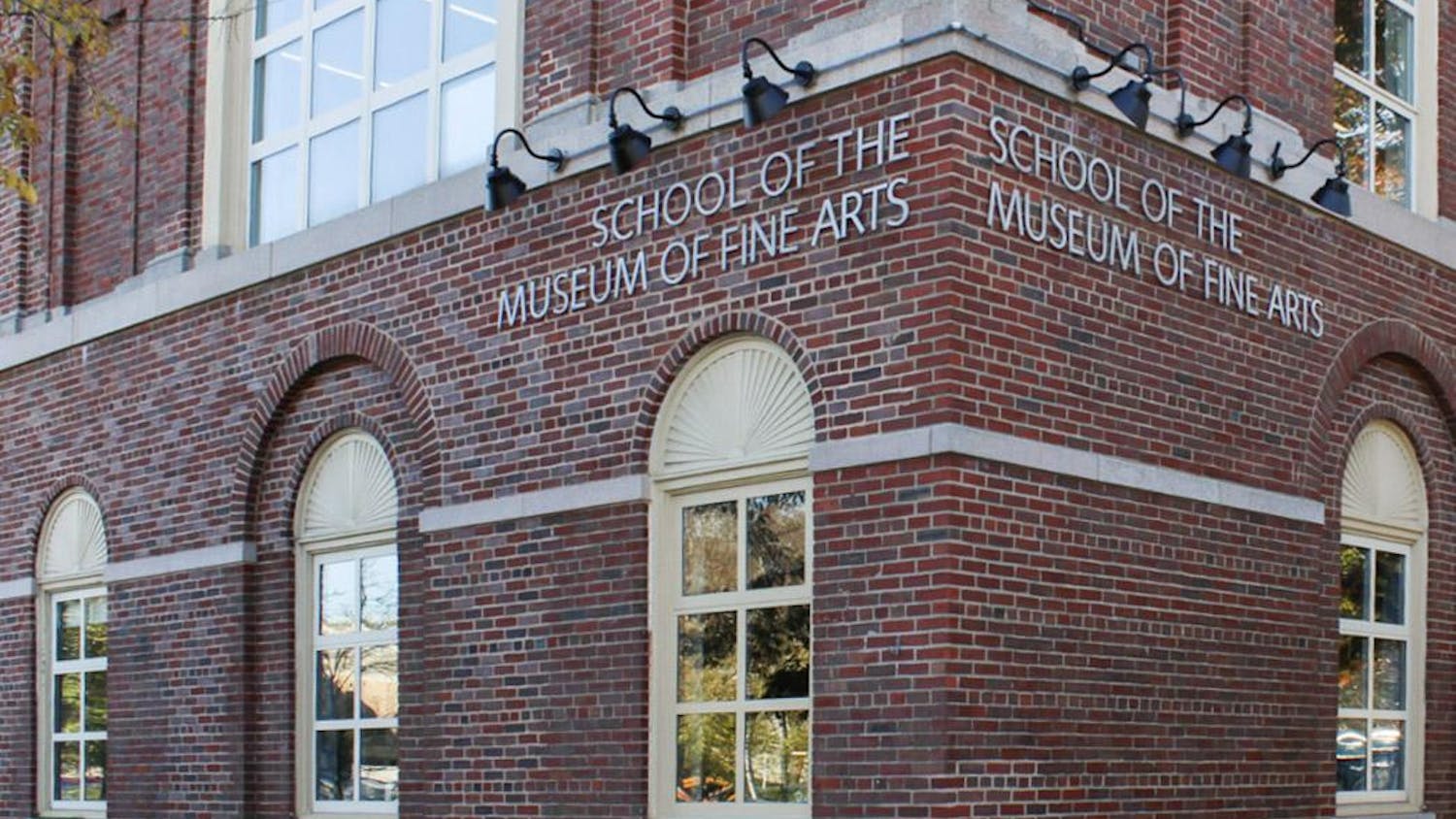The same technology that has introduced innovative methods in the fight against art destruction has also introduced new ethical dilemmas, one of America's preeminent art crime professors told Tufts community members at an event on Wednesday night.
Erin Thompson, associate professor of art crime at John Jay College of Criminal Justice at the City University of New York, noted her belief that this is a particularly timely matter given the rise of terrorist groups destroying centuries-old art in the Middle East.
Thompson's talk, titled “The Digital is Not Neutral: Thoughts on the Digitization of Threatened Cultural Heritage," was cosponsored by the Department of Art and Art History, the Department of Classics and the Digital Humanities program.
According to Thompson, the destruction of art has been a part of warfare for generations, but new technologies have highlighted the effort to save endangered art, with some prominent consequences.
“We have let our excitement about the possibility of countering destruction with digital recreations hurry us past our necessity of asking ourselves the hard questions about what responsibilities we have with these projects and how we can do better jobs that would benefit more people, instead of just those that share our views on the monuments we choose,” Thompson said. “The public perception of digital recreation projects only very rarely acknowledges that such projects might have potential downsides.”
Thompson explained that, in making digital representations of artwork, designers use photographs to develop mathematical representations of either the surfaces of cultural sites or of entire monuments. She said that these designers have a great deal of discretion in their work and can make substantial changes to the presentation of the original art. When this occurs, she said, the artists begin to project biases, consciously or otherwise, onto the work they create, potentially altering its true meaning.
“Context matters. Where, how and by whom an art object is created, modified and displayed and destroyed changes the meanings its audiences are most likely to receive,” Thompson said.
Thompson also noted that designers often disregard local perspectives when recreating the original artwork and may have different intentions in showcasing the pieces.
“Most of the founders and prime movers of the visible digital projects [who] focus on archaeological sites in Syria and Iraq are from America or Western Europe, and these projects have not uniformly sought input on the control, creation or interpretation of images from either Syrian or Iraqi experts, academics or people who live near the site,” she said. “Digitization is not an automatic, objective or neutral process. It requires the intervention of humans, and these interventions are based on our bias, assumptions, hopes and fears.”
The digitization of artwork has been rapidly increasing due to conflicts in the Middle East, especially those in Syria and Iraq, that are threatening the livelihood of many prominent monuments, according to Andrew McClellan, an art and art history professor at Tufts.
“It’s especially fraught ... in the Middle East, where war and targeted destruction have claimed the existence of world monuments,” he said in an interview with the Daily.
To remedy this issue, Thompson suggested three ethical principles to guide digitizers' work: transparency in the creation process and potential biases; hospitality in inviting diverse perspectives into the digitization process; and dissonance, meaning the consideration of all facts and stories.
Bruce Hitchner, chair of the Department of Classics at Tufts, echoed Thompson's sentiment that the development of ethics are essential to the future of digitization.
“[Thompson is] raising really important ethical questions about a new frontier of knowledge, creation and presentation and interpretation,” Hitchner said in an interview with the Daily. “We don’t really have a good understanding of the boundaries, either ethically or in terms of knowledge organization.”
Moreover, instead of being presented in a monolithic fashion, Thompson said that digital representations should be more nuanced, allowing the audience to engage with the work and construct their own perspectives.
“This type of schema can tell multiple stories instead of a single, supposedly authoritative story about the past, and even conflicting narratives can have their own strands,” she said.
Thompson referenced several projects that have incorporated such nuance, including the Memory Matrix at the Massachusetts Institute of Technology, which included work from several artists and was deliberately not presented as a perfect replica, allowing the viewer to make their own conclusions about the work.
In an interview with the Daily, Tufts Digital Humanities Specialist Joanna Swafford noted the importance of regulating digitization as technology plays a more central role in society.
“As the world becomes increasingly digital, it seems increasingly important that we consider questions of ethics and the power and responsibility that comes with increased technology,” she said. “I’m thrilled that this is becoming a larger conversation."
Anton Shenk contributed reporting to this article.
Art crime expert speaks on potential, ethical challenges of digital preservation

Erin Thompson, associate professor of art crime at John Jay College of Criminal Justice at the City University of New York, poses for a portrait.





